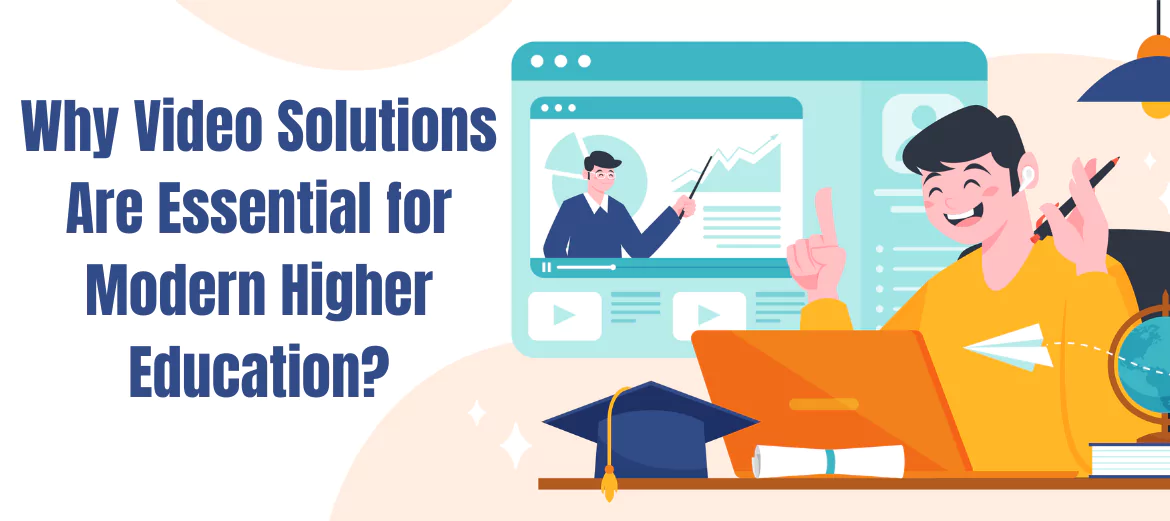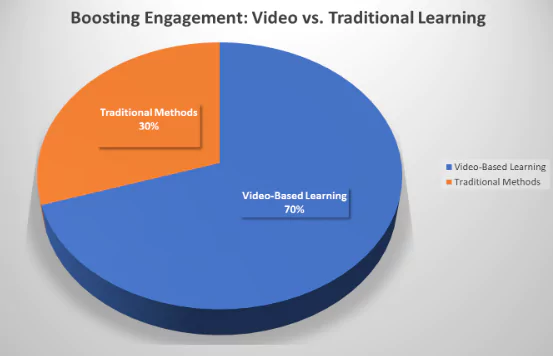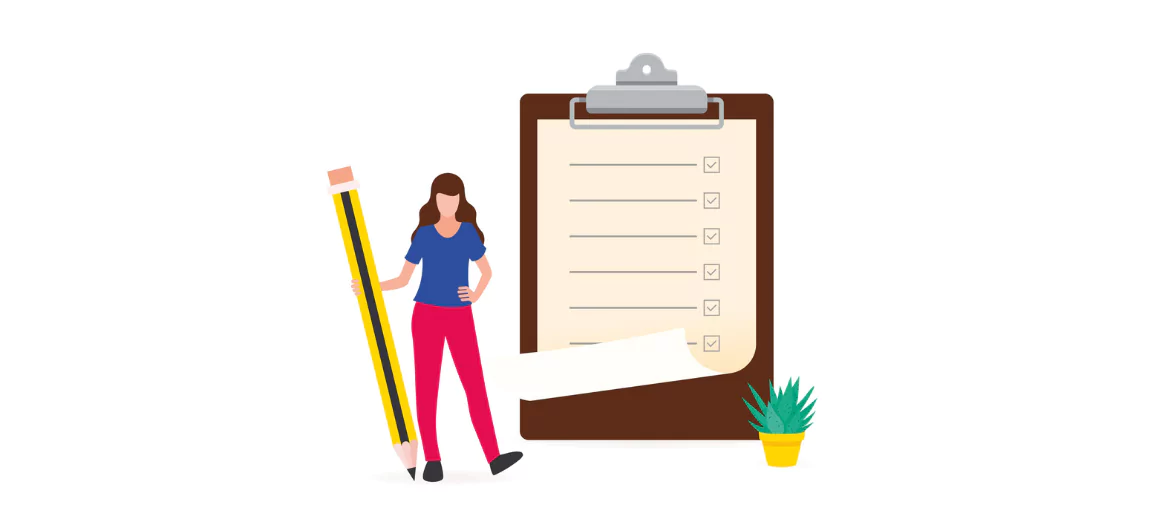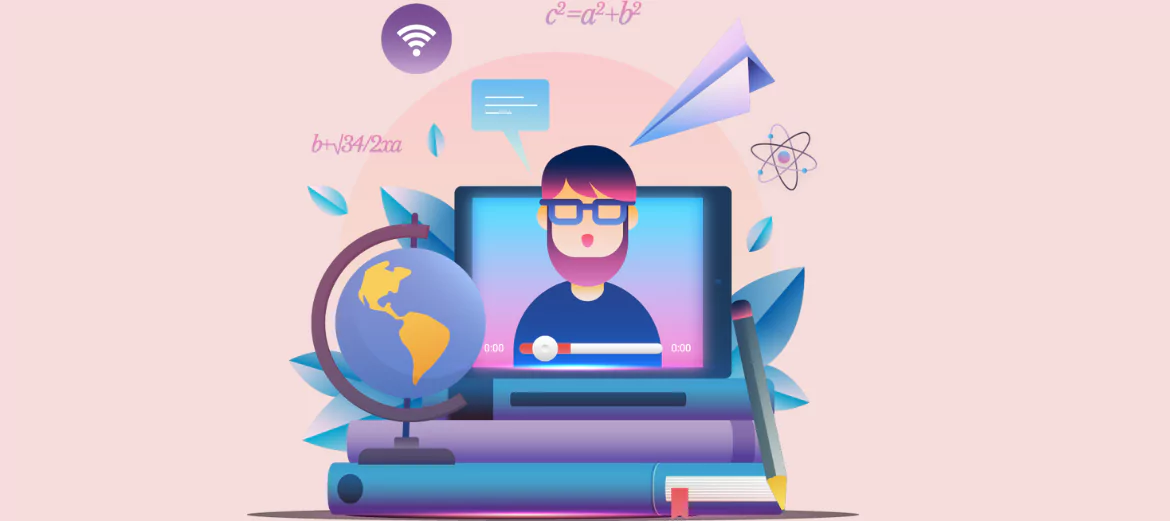
Are you having trouble managing your demanding lifestyle with your academic responsibilities? You're not alone. Modern learners confront a range of obstacles, ranging from balancing work and family responsibilities to finding time to attend every session. This can induce them to feel perplexed and disengaged from their studies. The answer is a persuasive and amusing solution.
Higher education video solutions have become more than a passing trend; they symbolize an uprising that is reshaping the way we teach and learn. These solutions, ranging from recorded seminars to interactive video lectures and video content production, are becoming increasingly important for providing an effective and engaging educational experience in this modern era.
This blog will dive into the intriguing field of higher education video solutions. We'll explore all the advantages they offer, get into engaging examples of their use, and look into the prospects of video-powered learning. Get ready to learn why video is more than just a "nice to have" but an essential aspect of a successful higher education terrain.


Video content is simply engaging and can hold the attention of learners better than traditional text-based lessons. The incorporation of video technologies in higher education considerably enhances the learning experience. According to studies, when content is handed out to pupils through videos, people retain it better. Forrester Research survey found employees are 75% more likely to watch a video than to read papers, emails, or web articles. Additionally, video content production is extremely important for generating interesting educational materials that not only transmit knowledge efficiently but also keep learners actively engaged.
One of the primary benefits of video solutions in higher education is their diversity. Learners can access tutorials and video lectures at any time and from any location, which is particularly helpful for those managing other obligations like family duties or part-time employment. Because of this on-demand access, learners can learn at their own pace and end up with a more thorough understanding of the subject. Additionally, by creating engaging and varied resources that suit different types of learning, teachers can enhance the standard of education as a whole through the development of educational videos.
Video solutions in higher education have improved learning by supporting a number of learning methods, including auditory, visual, and kinetic. For visual learners, video content production delivers a rich tapestry of visuals, graphs, and animations to improve understanding of challenging topics. Auditory learners gain from listening to thorough explanations and intriguing debates offered through films.
In addition, interactive video solutions appeal to kinesthetic learners by allowing them to engage with the information actively, letting you know their learning through hands-on experience. The variety of approaches ensures that lesson plan information is accessible and effective for an assortment of learning demands.
In today's interconnected world, video solutions for higher education play an important role in breaking down geographical borders and allowing seamless worldwide communication. Educational institutions can transcend physical constraints by creating appealing video content that provides learners with access to virtual classrooms and expert-led guest lectures from all around the world.
There's more to eLearning services than Video Solutions. Find Out!
This not only enhances the educational process but also encourages cross-cultural communication and cooperative initiatives amongst individuals from different backgrounds. As institutions harness the power of video, they enhance educational accessibility and prepare students for a globally interconnected future.
Take brief notes while watching educational videos. Take the main ideas and jot down any queries that pop up. It allows you to recall important data and sustains your attention.

Join the Discussion
Engage in online conversations or communicate with classmates about the videos you've watched. Sharing thoughts and disputing individuals allows you to understand them better and get new views.
Many video networks include quizzes for evaluating your knowledge. Take these quizzes immediately after watching to reinforce your understanding and see where you need to review.
Make charts or concept maps that connect the dots between the many ideas in the videos. Understanding complex concepts can be simplified by visualizing their relationships.
Tell a friend or member of your family what you have discovered. Not only can teaching others benefit them, but it also strengthens your own knowledge and identifies areas in which you still need to brush up.
These strategies help you accomplish professionally by using the strength of instructional videos to boost the efficacy and involvement of your studies.
Let's look at a common scenario. Imagine you're attending a conference for work. There is a breakout session on public speaking. The lecturer explains important principles, though the room feels slightly flat. Unexpectedly, they disclose a hilarious twist: participants will collaborate in teams to come up with and perform a short, unplanned play on any given subject.
This sudden change in format capitalizes on the psychological "IKEA effect," which believes that things have more value if someone puts effort into making them. Now, the audience takes an active role, not passively absorbing information. They're cooperating, being creative, and might be experiencing a sense of ownership over the skit's ending. This boosts their involvement and makes the learning process more memorable.
This transforms exceptionally into video content. Imagine a financial planning video that, rather than just offering investment alternatives, guides viewers through the creation of a customized sample portfolio. This interactive feature not only informs but also activates the IKEA effect, strengthening viewers' interest in understanding the content.
The field of education is constantly evolving. With its focus on lectures, the traditional teaching environment is no longer the exclusive place for education. Today's students expect a more flexible learning environment as they are digital natives who are eager for engaging content. This is where video solutions for higher education emerge, geared up to transform the way we teach and learn.
The creation of video content offers many kinds of benefits to instructors as well as learners. Pre-recorded courses are accessible on demand, allowing learners to review complex subjects or investigate at their own speed. Interactive elements such as quizzes and polls incorporated in films can increase engagement and improve understanding.
On the other hand, especially when professors and students are separated by distance, live-streamed sessions promote a sense of immediacy and allow real-time engagement.

The video solutions for higher education go beyond lectures. Imagine immersive virtual lab tours for scientific students, intriguing historical videos brought to life for art majors, or complex surgical procedures analyzed frame by frame for medical learners. The possibilities for expanded learning experiences are endless.
However, the benefits go beyond just delivering material. Using video analytics, educators can gain important information with regard to student engagement and comprehension. Following that, this information can be used to customize learning routes, modify upcoming lectures, and pinpoint places that might require further assistance.
The future of higher education is unquestionably adaptable, inclusive, and student-centered. Video solutions for higher education are the key to accessing this future, allowing instructors to create innovative and engaging learning.
Educational institutions can enhance their learning processes by carefully integrating video technology and producing engaging video content. Video is more than just an alternate; it's an engaging tool that promotes accessibility, involvement, and a livelier learning environment. This encourages learners to excel in the modern age, where visual learning thrives. Using video, educators may weave a richer tapestry of information, encouraging greater learning and a more successful route for learners.
Share